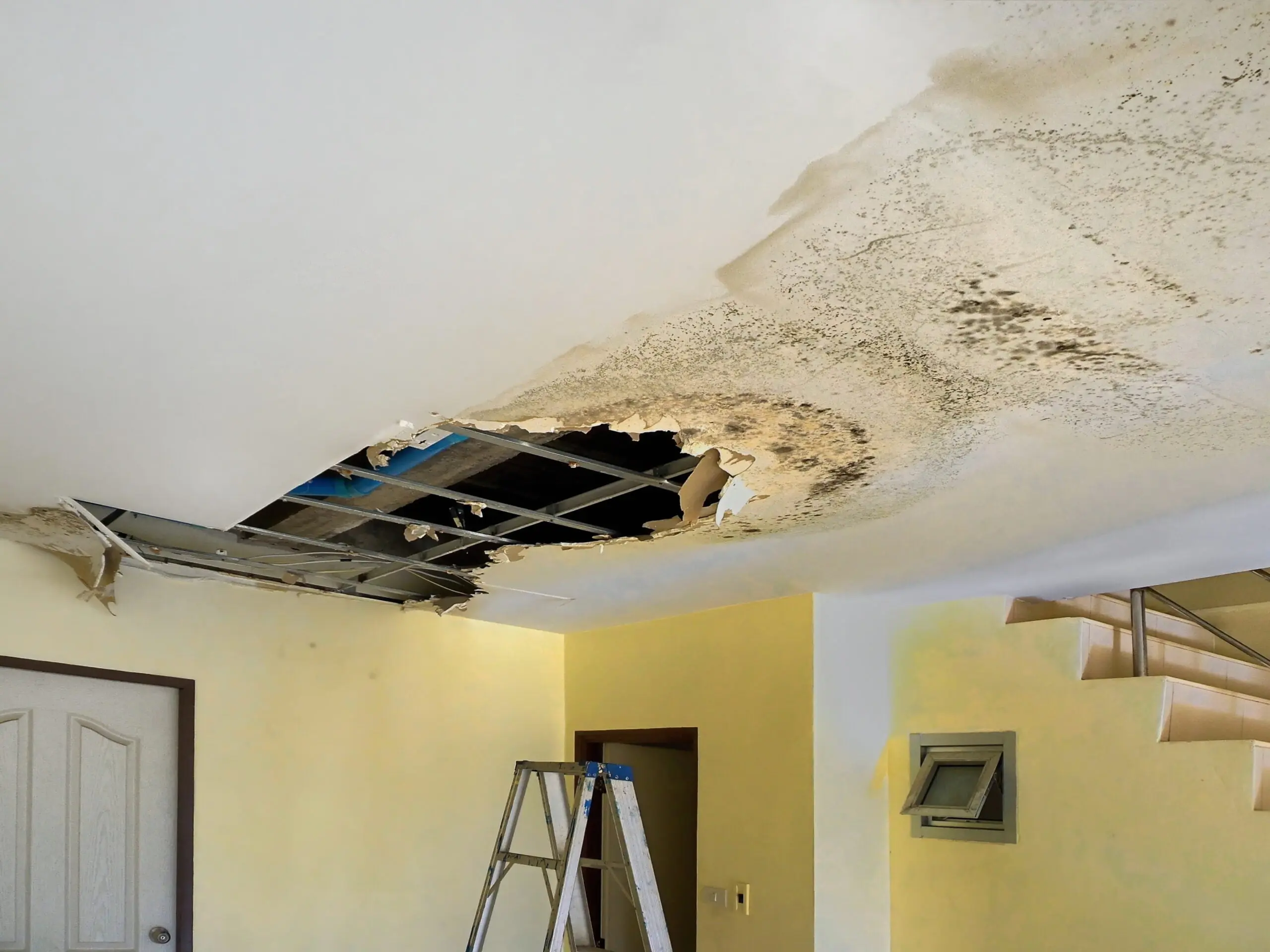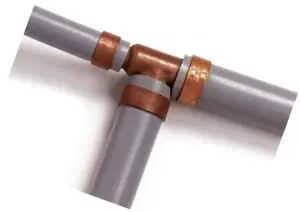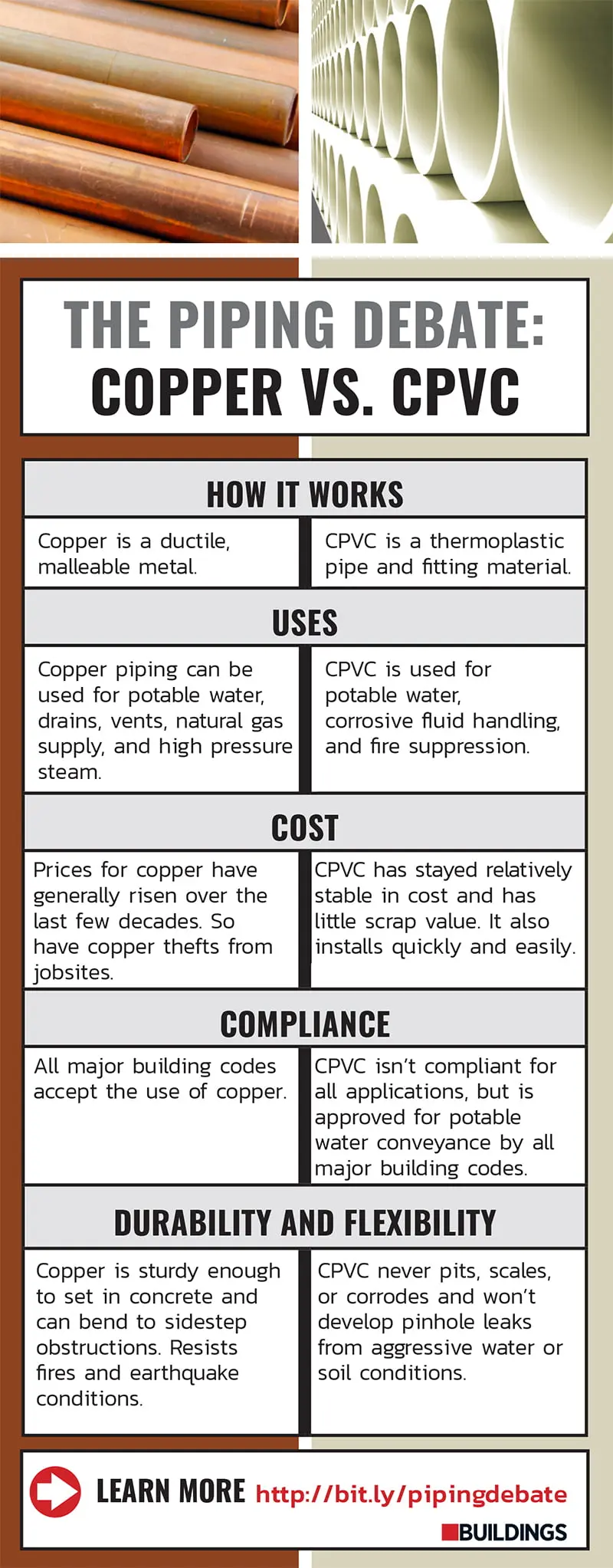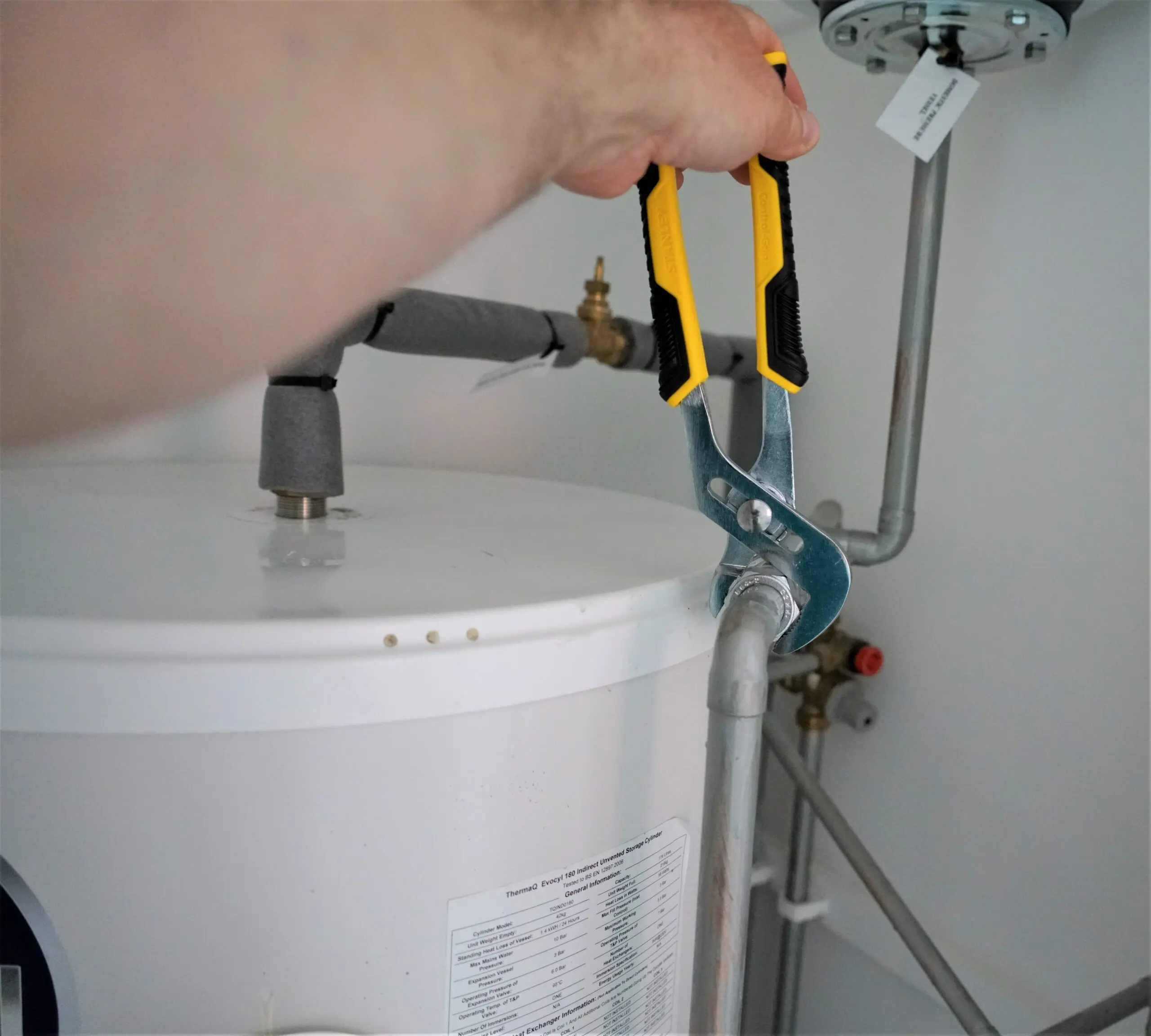Polybutylene piping has a problematic reputation among builders and homeowners due to its tendency toward breakage and shorter-than-average life expectancy. Nevertheless, the presence of polybutylene piping doesn’t automatically mean that the house is a bad investment.
By looking at the issues and costs associated with this type of material, we’ll help answer the question: Should I buy a house with polybutylene piping?
What is Polybutylene Piping?
Polybutylene pipes are made from a type of polymer resin. Polybutylene was thought to be a fantastic material for water piping when it was introduced in the mid-1970s.
The affordability and durability of polybutylene seemed to outshine other options (such as lead and copper) at the time. As such, building contractors used polybutylene pipes frequently throughout the 1980s and into the 1990s.
An estimated six million homes in the United States were fitted with polybutylene piping between 1978 and 1996.
However, in the early 1990s, homeowners began to experience leakage problems with their polybutylene pipes. In 1995 a class-action lawsuit was filed, leading to the eventual banning of polybutylene piping for all future builds.
Why is Polybutylene Piping a Problem?
Even though polybutylene piping is no longer used for construction purposes, homebuyers should be aware of the issues surrounding polybutylene, since some houses built prior to 1996 may still contain the piping.
Breakage Issues
The main problem with polybutylene is the increased potential for breakage over time. Specifically, polybutylene has a tendency to react poorly with the chlorine used in public water purification systems.
Chlorine breaks down the interior of the piping, causing the material to become brittle or to suffer hairline cracks. Continual exposure to chlorine has been known to cause anything from pinhole leaks to complete pipe ruptures.
While higher-than-normal breakage instances have been proven, no one truly knows the life expectancy of polybutylene pipes on an individual level. Many pipes showed problems early on –– thus the class action lawsuit –– while others are still functioning in homes to this day.
However, experts agree that when it comes to breakage issues with polybutylene pipes, it’s not a matter of “if” but “when”.

Insurance Issues
Because of that known risk of leakage, many insurance companies will not write new policies for homes with polybutylene pipes. Or, if they do provide coverage, damage from pipe leaks may be written out. Homebuyers should take care to read their insurance policy carefully, especially in regards to plumbing coverage.
Resale Issues
Because of the issues mentioned above, selling a house with polybutylene pipes can present a problem. In many areas, sellers are required to list polybutylene pipes on their seller’s disclosure forms –– a fact that would be a red flag for most buyers.
In addition, the risk of damage coupled with insurance difficulties can sometimes make it more difficult to obtain a mortgage loan on houses with polybutylene piping. That often means that investors –– specifically those with cash or alternative financing –– are the primary buyers of these homes.
From the investor’s perspective, limited buyers may make for a great initial deal. But investors will also need to be aware of the limited resale potential. In order to increase the pool of buyers, replumbing the home should definitely be on the agenda.
How to Inspect for Polybutylene Pipes
Polybutylene pipes are fairly easy to distinguish, as far as visible piping is concerned. They are most often light gray in color, though sometimes they might be blue, black, or silver. Aluminum or copper bands typically hold the pipe in place at joints or couplings.

Source: PlumbingExpress.com
Homebuyers and home inspectors can usually spot polybutylene pipes at the main water source, under sinks, behind toilets, near hot water heaters, or in the ceiling area of unfinished basements. Of course, there’s no way to tell what type of pipe is behind the walls other than having a complete plumbing inspection done (and even that may be inconclusive).
A regular home inspection cannot tell you much about the pipes’ condition or integrity, since deterioration comes from the inside. A polybutylene pipe may look as good as new on the outside, but on the inside, there could be signs of decay that would lead to imminent rupture.
To get an inside view of a home’s piping, you’ll need to hire a plumber to inspect the interior with a scope.
Cost to Replace Polybutylene Piping
The cost to replumb an entire house ranges between $1,500 to $15,000, depending upon a number of different factors.
- Size of home. The square footage and number of stories play a part in the cost to replumb a home. On average, homeowners can expect the job to run around $4.50 per square foot.
- Quality of materials. Copper piping will cost 20% to 40% more than CPVC or PEX piping.
- The number of fixtures. Extra time is needed to attach piping to each fixture. Anticipate between $600 to $1600 per fixture depending on the difficulty and whether or not new fixtures will be supplied by the plumber.
In addition to running the new piping, homeowners will need to factor in costs for drywall repair and repainting, unless that service is included in the replumbing professional’s quote.

Source: Buildings.com
Should You Buy a House With Polybutylene Pipes?
So, should you buy a house with polybutylene pipes? Owning a home with these fragile pipes is almost guaranteed to lead to problems at some point. But that doesn’t mean that buying the home should immediately be off the table.
If you’re looking to invest in a house with polybutylene pipes, keep the following in mind:
- Inspections. Consider bringing plumbing and mold specialists into the house during the inspection period. A plumber can give you a more accurate replumbing quote. A mold specialist will be able to detect harmful spores that may be growing from undetected leaks.
- Numbers. You’ll need to adjust your purchase offer to account for plumbing renovations. How does your bottom line look when you add in a whole-home replumbing figure? For more on running pre-purchase numbers, see this guide.
- Negotiations. Since polybutylene pipes are a known hazard, the sellers may be willing to negotiate on the cost of renovations, the closing costs, or the purchase price. Ask your real estate agent about the options in your scenario.
- Timing. Replumbing the house will probably need to be one of the first steps after purchase. Be sure to build the project into your timeline for flipping or renting. Replumbing jobs typically take two to eight days; your plumber can give you a better idea of the time expected for your particular job.
Buying a house with polybutylene piping isn’t a decision to be taken lightly. Our team at New Western is always happy to help you find the right investment property for your needs. Whether you have questions about identifying a deal or renovating your flip, we’re here to offer “plumb line” guidance to the investment process.







